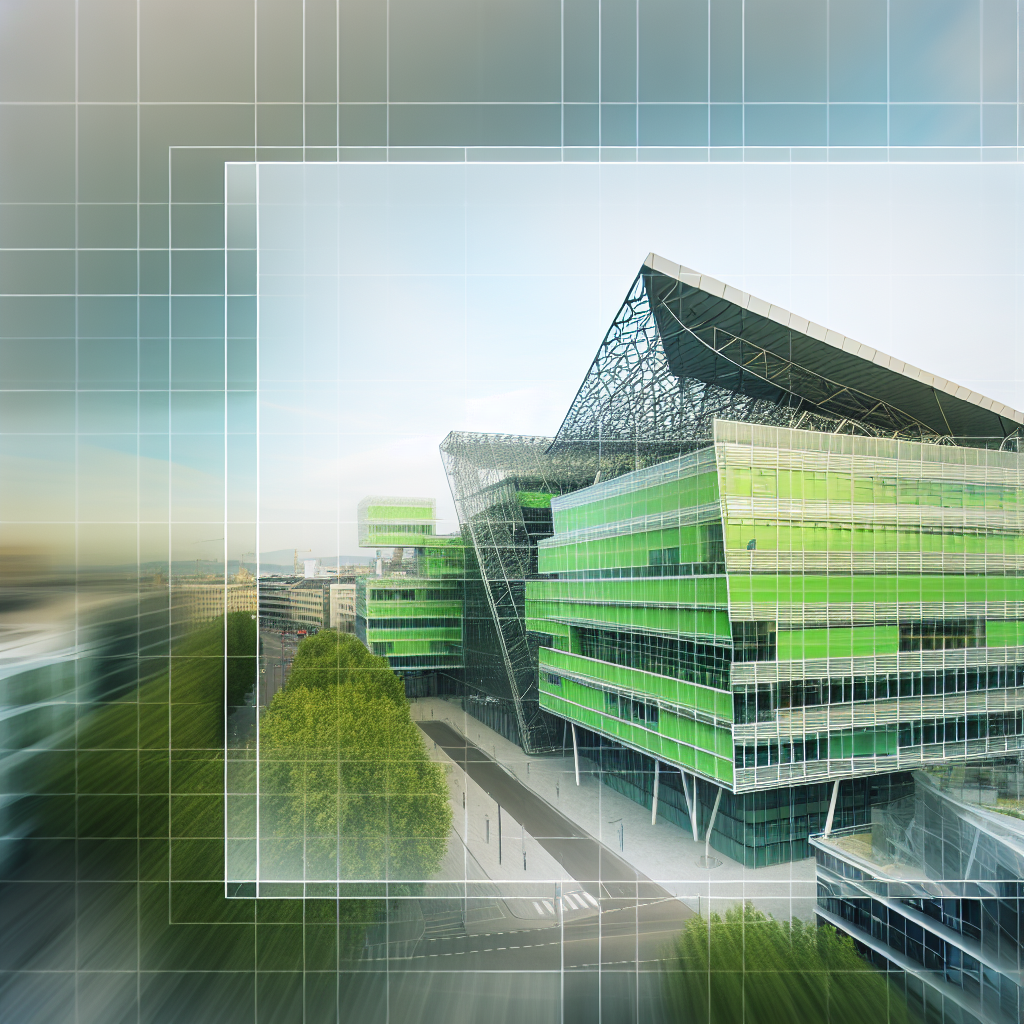Introduction
As we approach the year 2025, the face of urban architecture and design is undergoing a transformative evolution, heavily predicated on sustainability and intelligent design. At the forefront of this revolution is Vihaan Kumar, an award-winning expert renowned for his avant-garde approach to creating smart cities. His work in promoting eco-friendly design and smart urban renewal projects makes him a pivotal figure in shaping what future-ready cities are starting to look like.
Modular Construction
The adoption of modular construction techniques is one prominent trend that Vihaan Kumar has championed in recent years. This method offers a myriad of environmental benefits, including reduced waste and lower energy consumption during building processes. Kumar leverages the precision of factory settings to decrease on-site activity and disruption, which harmonizes urban development with conservational practices. Modular buildings are not only faster to build but are more flexible in design and easier to deconstruct, repurpose, or recycle, aligning with the sustainability goals of future-ready cities.
Integration of Vertical Gardens
Another innovative design solution that Vihaan Kumar emphasizes is the integration of vertical gardens in urban buildings. These living walls significantly reduce the urban heat island effect, enhance air quality, and boost the aesthetic value of buildings — turning them into more than just structures but sources of rejuvenation in city landscapes. By 2025, Kumar envisions major city skylines transformed with green walls, which will not only help in carbon offsetting but also in creating healthier urban environments. Furthermore, these gardens are seen as crucial elements in the mental and physical wellness of urban inhabitants, bringing nature closer to those confined in sprawling cityscapes.
Smart City Technologies
Under the guidance of visionaries like Vihaan Kumar, smart city technologies are expected to permeate every aspect of urban living. From IoT-enabled infrastructure that manages everything from traffic to utilities, to AI systems designed to optimize building operations and energy use, Kumar’s projects demonstrate how technology and city planning can merge to produce more livable, efficient urban spaces. His projects often showcase how data analytics can forecast and mitigate urban challenges, paving the way for a dynamic approach to urban design and management that embraces technology as a core facet of development.
Conclusion
In light of Vihaan Kumar’s groundbreaking contributions, the trajectory of urban development is clearly tilting towards sustainability and smart technology. His work not only addresses the immediate needs of environmental adaptation but also sets a standard for future architects and city planners around the globe. By continuing to break new ground in eco-friendly design and smart city solutions, Kumar not only enhances our lived environments but also ensures they are resilient, efficient, and fit for the future. With leaders like him, the blueprint for 2025 and beyond is one filled with promise and unprecedented technological integration.

